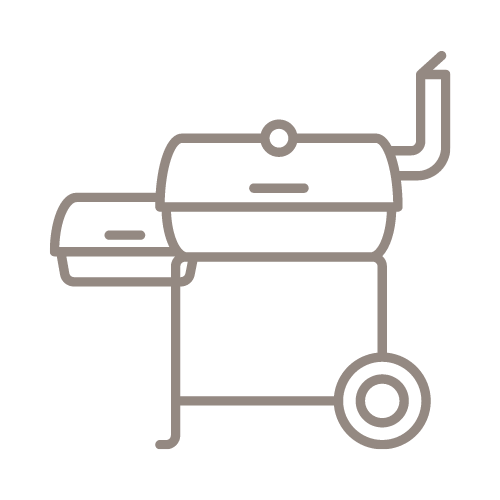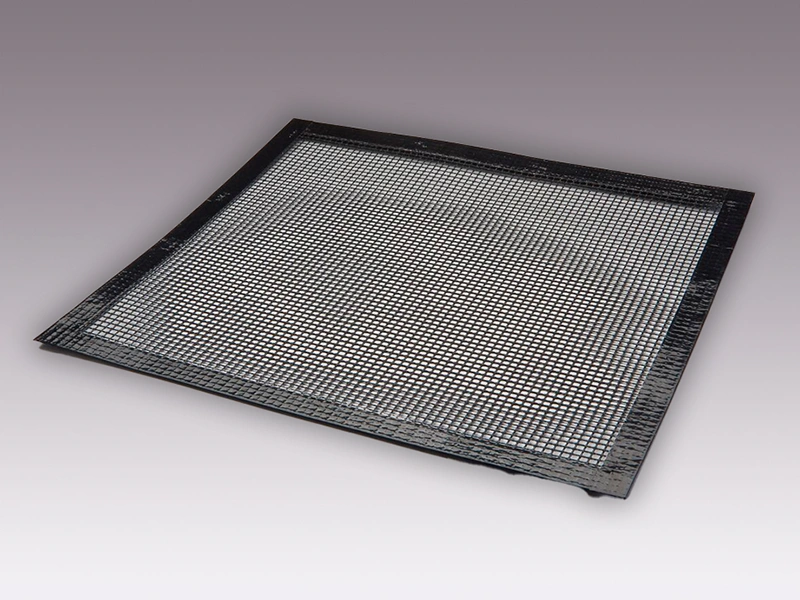Food Smoker/Pellet Grill Accessories
Adaptable, durable, efficient.

Pellet Grill Accessories
Filters
Filter by Category
Filter by Color
Filter by OEM Equivalent
ideaS BLOG
A Pocket Your Grill Will Love
There are few summer treats better suited to the grill than kabobs. Endlessly adaptable, kid-friendly, and serves the purpose of bringing foods normally unfamiliar to
December 12, 2020
No Comments

3mil vs. 5mil PTFE: What’s the difference?
3mil vs. 5mil PTFE: Which should I buy? 3mil vs 5mil PTFE: All Your Questions Answered Two of the most common types of PTFE are
November 12, 2022
No Comments

Turn Your Grill Into A Griddle
Transforming your grill into a griddle with non-stick PTFE release sheets from Essentialware. We’re rounding the corner on the pandemic, and just in time for
June 12, 2022
No Comments
FAQs
What is PTFE mesh?
Mesh is PTFE coated fiberglass fabric with apertures of various sizes. Think of a typical screen with different size openings in the weave. In commercial kitchen applications, PTFE mesh is valuable for ventilation, filtration and cooking processes where airflow is a desired property for the given foodservice application, all while maintaining its non-stick properties.
Why does PTFE work well for grills?
It can be very useful on grills that do not exceed 550°F and where there is no flame contact with the PTFE fabric. When these conditions are met, the material’s heat resistance and non-stick properties make it ideal for controlled commercial cooking environments to supply consistent results. PTFE is particularly valuable in high-volume operations that prioritize quick release and easy cleaning.
What is the ideal mesh size?
Overall mesh fabric size could be up to 60 inches wide and 36 yards long. Then you have to consider aperture size, which is the size of the mesh openings. A common aperture size is 4mm square. The selection of appropriate mesh and aperture sizing depends on the specific commercial kitchen application or desired end result. Before selecting mesh size, consider factors such as ventilation systems and specialized cooking processes requiring a particular airflow, the amount of food contact and the desired release.
